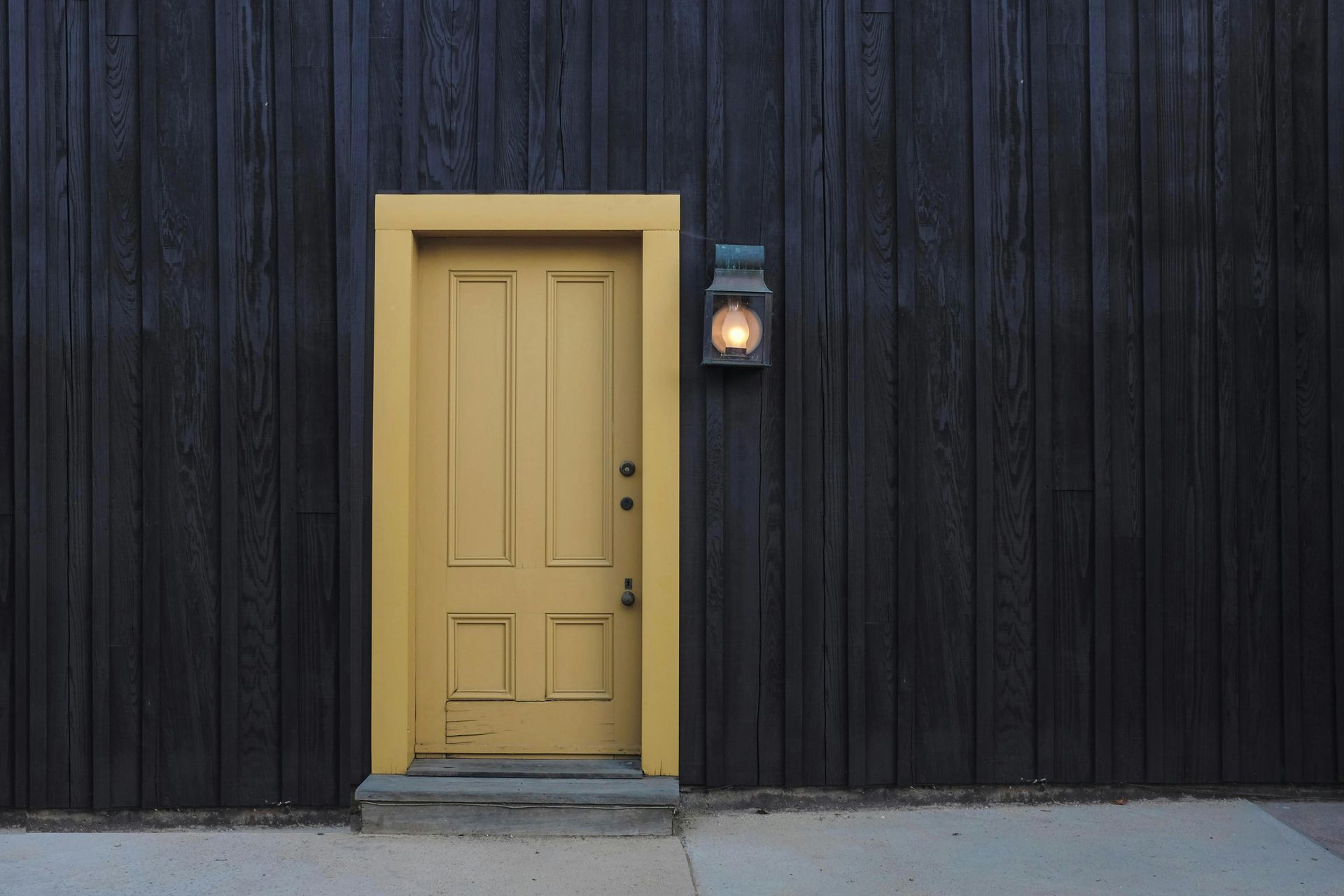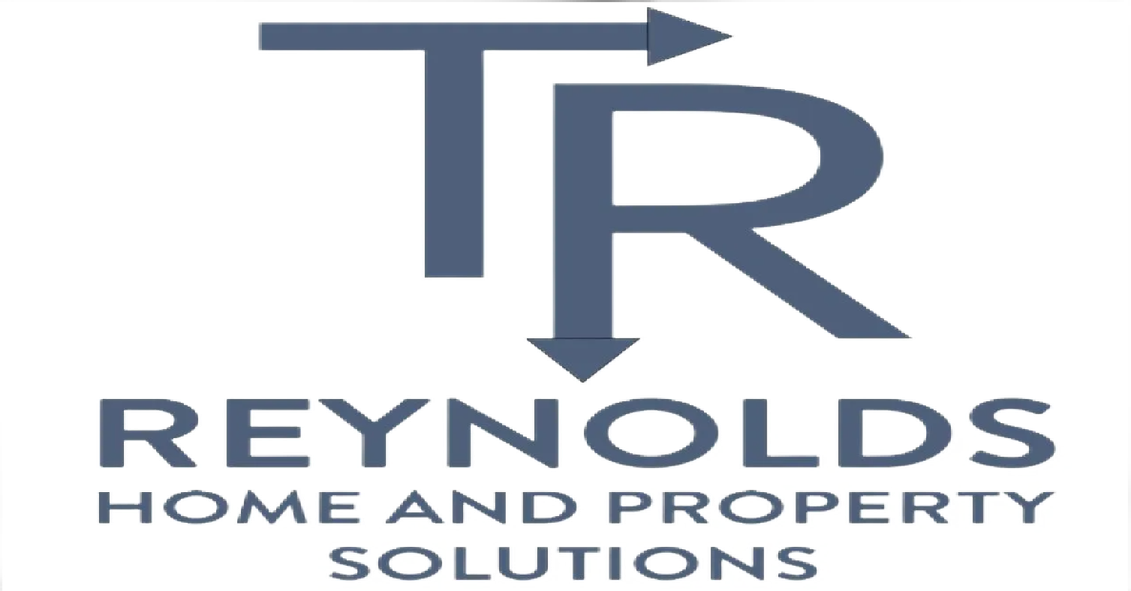Why get a yearly Home maintenance Inspection?

Why get a yearly Home Maintenance Inspection?

As a home inspector, I often see the long-term benefits of regular maintenance inspections for homeowners. While many people consider home inspections a one-time necessity when buying or selling a property, they are crucial at any stage of homeownership. Conducting a yearly home maintenance inspection can help identify issues before they become significant problems, ultimately saving you time and money.
In this post, we will cover key items to note during your yearly home maintenance inspection, referencing resources from the International Association of Certified Home Inspectors (InterNACHI) and the International Code Council (ICC) building codes.
Why Conduct a Yearly Home Maintenance Inspection?
Regular maintenance inspections can:
- Identify potential safety hazards.
- Prevent costly repairs.
- Enhance your home’s value.
- Improve energy efficiency.
- Maintain insurance coverage and lower premiums.
1. Exterior Inspection
Roof and Gutters
The roof is your home’s first line of defense against the elements. During your inspection:
- Check for missing or damaged shingles: Look for curling, cracking, or loose shingles. This can indicate potential leaks.
- Inspect the gutters and downspouts: Ensure they are clear of debris and functioning correctly. Clogged gutters can lead to water damage and foundation issues.
For more detailed information on roofing maintenance, check the InterNACHI Roof Inspection guide.
Siding and Foundation
Inspect your home’s siding for cracks, peeling paint, or mold growth, which can signal water intrusion or pest problems. Additionally:
- Check the foundation for cracks: Small hairline fractures are usually normal, but larger cracks can indicate serious structural issues.
For guidelines on maintaining your foundation, refer to the ICC Building Code.
2. Interior Inspection
Walls, Ceilings, and Floors
Look for signs of water damage, such as stains or peeling paint. Cracks in walls or ceilings may also indicate structural concerns. Check floors for any unevenness, which might suggest foundation issues or subfloor problems.
Windows and Doors
Inspect all windows and doors to ensure they open, close, and lock properly. Look for:
- Weather stripping: Damaged weather stripping can lead to drafts and increased energy bills.
- Glass seals: Broken seals may result in condensation between panes, reducing energy efficiency.
3. Plumbing System
Regular plumbing checks can prevent leaks and costly water damage. Focus on:
- Pipes: Inspect for leaks or corrosion, especially in basements and crawl spaces.
- Fixtures: Check faucets and toilets for drips and proper functionality.
For more on plumbing maintenance, visit the InterNACHI Plumbing Inspection page.
4. Electrical System
Your electrical system is crucial for safety and convenience. During your inspection:
- Check outlets and switches: Ensure they are functioning properly and show no signs of damage.
- Inspect the service panel: Look for any tripped breakers, signs of corrosion, or burning smells, which can indicate serious issues.
Refer to the ICC Electrical Code for comprehensive electrical safety guidelines.
5. HVAC System
A well-maintained HVAC system is essential for comfort and energy efficiency. Key areas to inspect include:
- Filters: Replace or clean filters regularly to maintain air quality and efficiency.
- Ductwork: Check for any visible dust buildup or signs of wear. Leaky ducts can lead to energy loss.
For a detailed guide on HVAC maintenance, see the InterNACHI HVAC Inspection.
6. Fire Safety Equipment
Ensure your smoke detectors, carbon monoxide detectors, and fire extinguishers are functioning correctly.
- Smoke detectors: Test them monthly and replace batteries annually.
- Fire extinguishers: Ensure they are charged and accessible.
7. Attic and Basement
Both spaces can reveal issues that may not be visible elsewhere:
- Attic: Check for insulation quality and signs of pests. Proper ventilation is crucial for preventing moisture buildup.
- Basement: Look for signs of water intrusion, mold, and structural integrity.
8. Landscaping and Grading
The grading of your property can significantly impact your home’s foundation. Ensure:
- Downspouts direct water away from the foundation: Proper drainage can prevent water pooling around your home.
- Tree branches are trimmed: Overhanging branches can cause damage during storms and invite pests.
9. Pest Control
Regularly check for signs of pests, such as rodents or insects:
- Look for droppings or nests: This can indicate an infestation.
- Seal entry points: Ensure that doors, windows, and vents are sealed to prevent pest entry.
Conclusion
Conducting a yearly home maintenance inspection is not just a good practice—it’s essential for preserving your home’s value and ensuring the safety of your family. By focusing on these key areas and utilizing resources from InterNACHI and the ICC, you can stay ahead of potential issues and enjoy peace of mind as a homeowner.
For more in-depth resources and checklists, consider exploring the following links:
By prioritizing regular maintenance and inspections, you’re investing in the long-term health of your home. Don’t wait until problems arise—make it a point to schedule your yearly inspection today!
This is a lead generation LP


